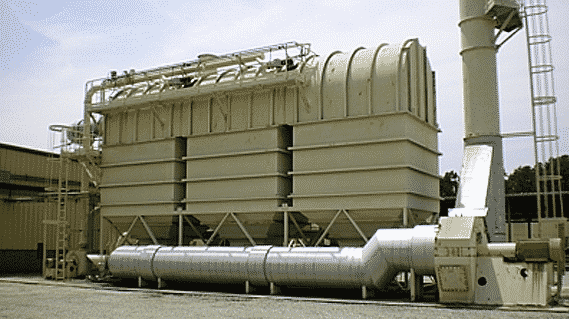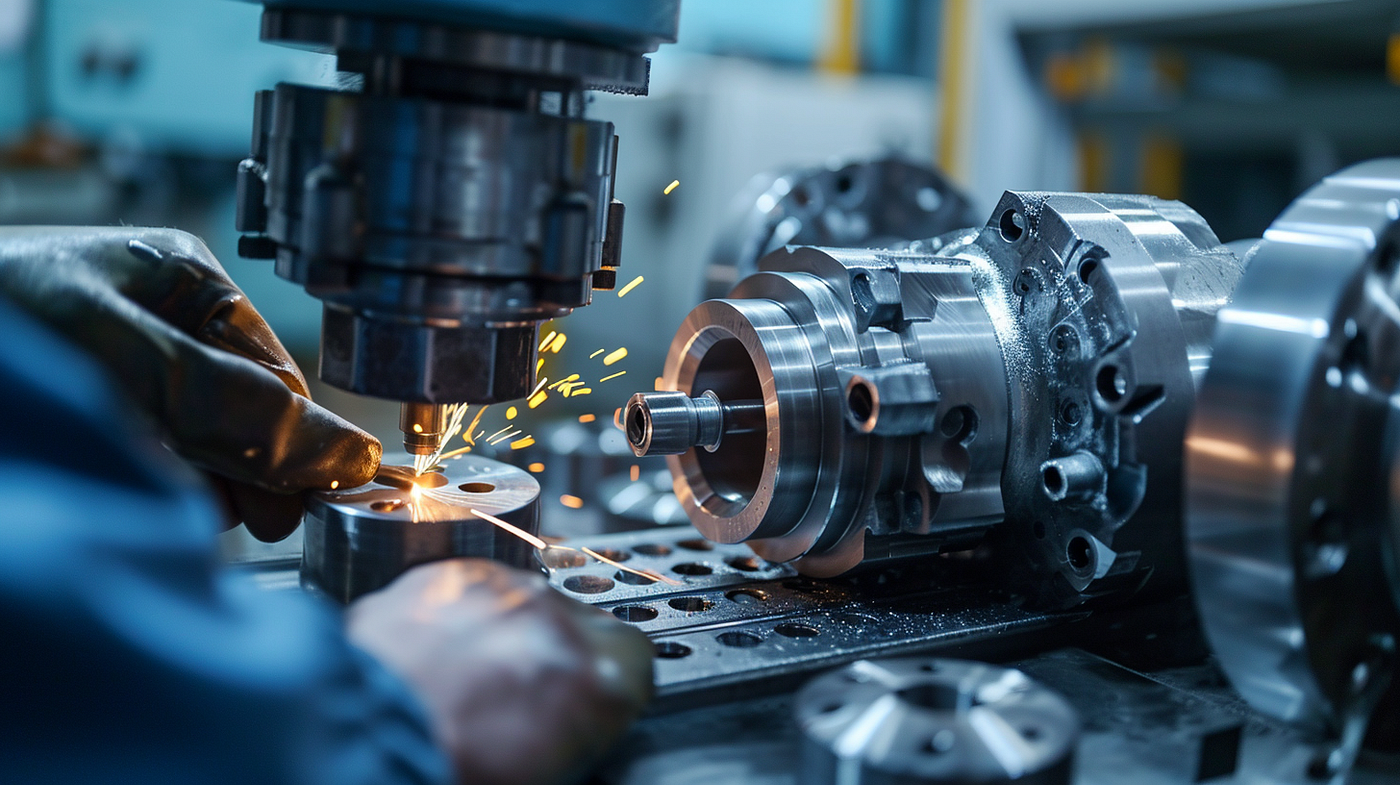The world of catalyst manufacturing is quite interesting in itself. It’s even more exciting and fruitful when you incorporate groundbreaking technologies and trends that revolutionize the industry. Not only do such technologies facilitate cleaner energy production and sustainable manufacturing processes, but they also boost innovation across different sectors.
In this article, we will be zooming into the cutting-edge technologies and trends shaping catalyst manufacturing today.
What are catalysts?
It seems quite obvious that everyone knows what a catalyst is, but that’s not always the case. Catalysts are substances that speed up chemical reactions without themselves being consumed or chemically altered in the process. This makes catalysts beneficial in the conversion of raw materials into valuable products while making the entire process more energy efficient and effective.
For it to be like that, however, you have to engage the right chemical catalyst manufacturing company so that you can get high-quality catalysts. Examples of industries that benefit from top-quality catalyst manufacturing include petroleum refining, environmental applications, and chemical synthesis industries.
So, what technologies and trends are changing catalyst manufacturing?
There are quite a number of technologies and trends, but the following are the most common:
1. High throughput screening and computational modeling
Scientists have been using high-throughput screening techniques and computational modeling to enable better catalyst development. High throughput screening is all about rapidly testing huge numbers of catalyst formulations to determine compositions and properties.
And then there is computational modeling which employs powerful algorithms and simulations to predict how individual catalysts are going to behave, thus saving a lot of time and resources in the experimental phase.
That way, researchers can design catalysts that have improved performance and specificity without wasting resources.
2. Use of advanced materials
Traditionally, catalysts were typically based on materials like palladium, platinum, and nickel. With time, however, advancements have made it possible to develop and apply new materials that have better catalytic properties.
Nanomaterials like carbon nanotubes and graphene, have remarkable catalytic activity, improved selectivity, and high surface area. This makes them ideal candidates for optimizing catalytic performance and making processes more efficient.
3. Tailored catalyst manufacturing
For industries that use catalysts, applications can be vast and unique, requiring the use of bespoke solutions. Thanks to surface engineering techniques, it’s possible to tailor the properties of catalysts for specific applications. This is possible through the modification of particulars such as morphology and surface composition thus improving properties like selectivity, stability, and catalytic activity.
What’s more, with techniques like plasma treatment, surface functionalization, and atomic layer deposition, it’s possible to ensure the precise control of catalytical materials thus improving efficiency and performance.
4. Sustainable manufacturing procedures
With the ever-growing need for sustainability in manufacturing, catalyst manufacturing is taking a new path to greener practices. One of the most notable trends is the use of renewable feedstocks as raw materials in the production of catalysts.
By using waste materials, biomass, and even CO2 as feedstocks, manufacturers can reduce or even stop their heavy reliance on fossil resources, hence lowering the environmental impact. What’s more, it’s now becoming easier to create catalysts that last longer and can be recycled or regenerated. This reduces the production of waste and enhances the efficiency of resources.
Embrace better catalyst manufacturing processes today
Now that you know something about the advancements being made in the catalyst manufacturing world, you too, can be part of the progress.
By hiring a catalyst manufacturer that employs newer technologies and sustainable processes in their manufacturing procedures, you will not only contribute to a greener future but also enjoy higher efficacy and savings. So go ahead and embrace the technologies and trends of catalyst manufacturing.








